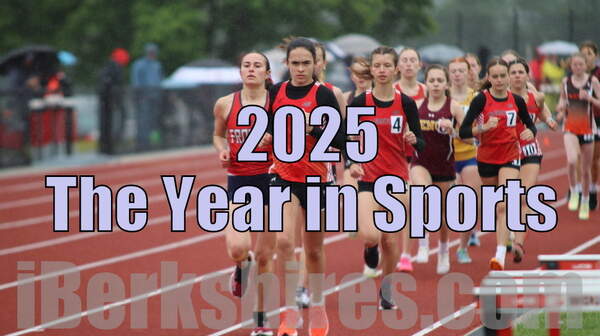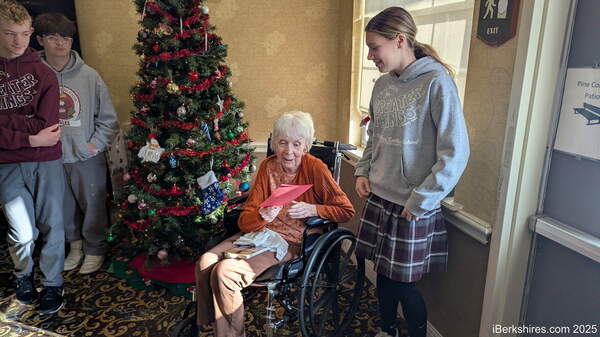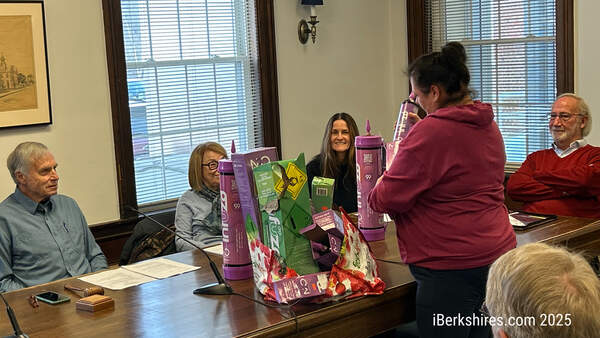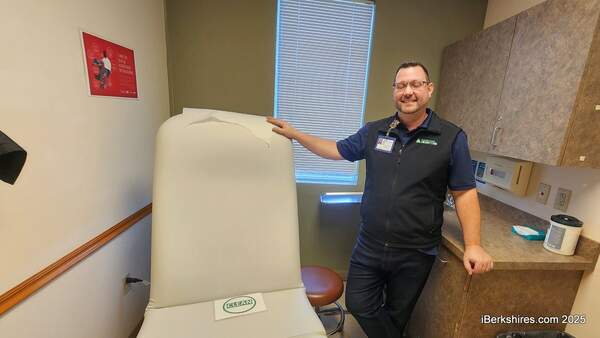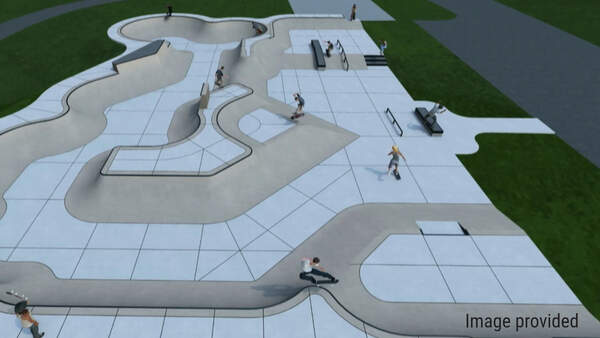Williams Anthropologist Receives Grant to Support Climate Change Research
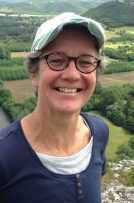 |
WILLIAMSTOWN, Mass. — Kim Gutschow, lecturer in religion and anthropology at Williams College, has been awarded a $100,000 grant from the National Geographic Society to fund a project titled "Climate Change Adaptation: By the People & For the People" in the Ladakh region of India.
The grant was co-written and co-conceived with Robin Sears, research associate in anthropology at Williams, and includes an international team comprised of Gutschow, Sears and four Ladakhi individuals who have been active in climate change adaptation and social justice work for the past 30 years.
Climate change and modernization have introduced unprecedented risk in high-altitude Himalayan societies such as Ladakh, which spans the upper Indus watershed. Gutschow and Sears will direct a team of Ladakhi youth and women to conduct research and advocate for specific interventions that can best address the local impacts of climate change in their region, such as water shortages from variably shrinking glaciers and reduced snowfall; declining food security due to rising temperatures and more frequent locust plagues; and occasional glacial lake outburst floods (GLOFs) or floods from extreme cloudbursts.
The project examines local strategies for coping with the effects of climate change and modernization as men and youth have left villages to seek jobs and education in urban centers, leaving the bulk of farming in the hands of women and the elderly.
Gutschow and Sears will direct a project that trains and empowers Himalayan women and youth to advocate for site-specific climate-smart policy and interventions within the Zangskar subdistrict of Ladakh. Building on 30 years of Gutschow's research in Ladakh, the project will recruit women and youth as citizen scientists to receive training in field-based, participatory ethnographic methods, as well as the collection and analysis of local environmental data. The year-long project will generate locally accurate and relevant environmental data and landscape management plans that help Zangskaris visualize and map communal resources of land, water, livestock, and other common property.
"Our project includes experiential learning and research that builds human capacity for one-fifth of Zangskar's women and youth, while culminating in a set of tangible outputs that are delivered to local climate champions and influencers," Gutschow said. "The objective is not to shift the traditional hierarchies of Zangskari society—male over female, age over youth—but to work within the constraints of culture to create affinity spaces where villagers are empowered to build consensus and then act upon it."
Sears hopes "to see how farmers and pastoralists in the Indian Himalaya are responding to a changing climate in contrast to farmers in the high Andes of Peru, where I have worked for many years."
Through their NGS-funded project, Gutschow and Sears hope to identify areas of vulnerability and collective need through collaborative, consensus-building activities such as focus group discussions, participatory mapping exercises, and oral histories of land management. By recruiting from women and youth, who are often marginalized in decision-making, the project aims to democratize awareness of collective rights and facilitate improved access to communal resources of water, land and vegetation.
The project runs from June 2020 to June 2021, during which the team will assess, map, and help villagers create integrated landscape management plans for every Zangskari village before a set of culminating workshops where they present evidence-based recommendations for sustainable interventions to district level policy makers and climate champions and gain land literacy.
Gutschow has worked in Ladakh since 1989, where she has researched community-based irrigation, Buddhist monasticism and social power, body politics of celibacy and sexuality in Buddhism, and the bio-social causes of maternal and neonatal mortality. She is currently completing an edited volume on Sustainable Birth, a monograph on human rights failures and maternal mortality in both India and the United States, and a memoir about the shift of birth from home to hospital and back home again.
She has taught at Williams since 2003 and her current courses include: India’s Identities: Nation, Community, and Individual; Mindsight: Mindfulness and Medicine; and Medicine, Pathology, and Power: An Ethnographic View. She received her Ph.D. from Harvard University.
Sears is an interdisciplinary research scientist and international consultant working on issues related to sustainable livelihoods, forestry and production landscapes, utilizing participatory methods to drive action and change, and providing science to inform public policy and program implementation. She recently taught at Hampshire College and received her Ph.D. from Columbia University.
Tags: Williams College,

